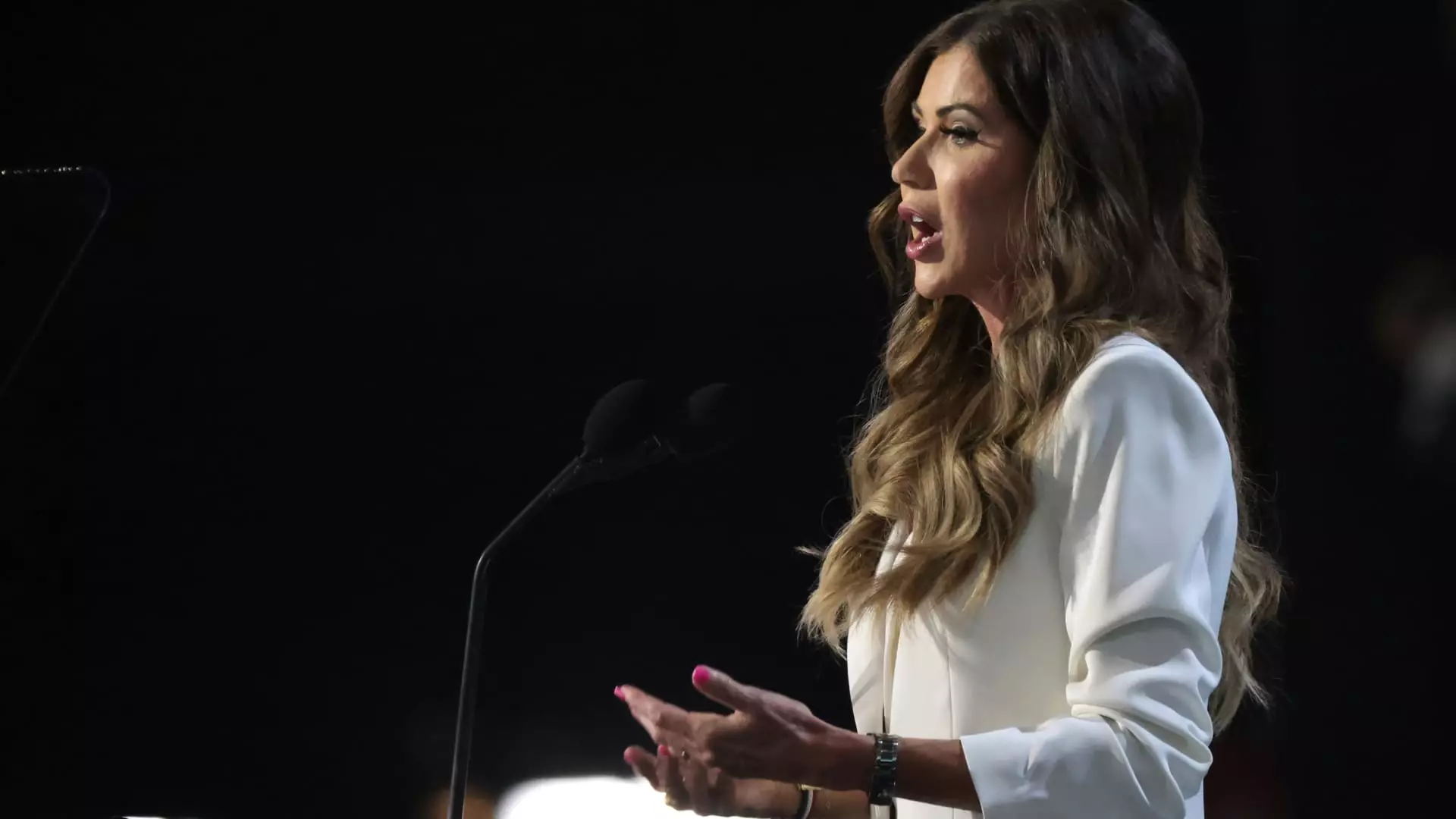In recent months, several U.S. states have initiated programs to incentivize homeowners to improve their energy efficiency. This trend gained momentum following New York’s pioneering launch of energy efficiency rebates in May 2023, marking a significant step towards a more sustainable energy landscape. As homeowners increasingly seek to manage their energy costs, various states have attempted to provide substantial financial support, fueled by legislation like the Inflation Reduction Act (IRA). This landmark climate policy allocated an impressive $8.8 billion specifically for consumer rebates through two main programs designed to enhance home energy performance.
With state-led market dynamics influencing this rollout, experts anticipate a surge in participation from additional states. The overarching aim of these initiatives is not only to ease the financial burden on homeowners facing rising utility costs but also to address the urgent challenge of carbon emissions contributing to climate change. However, a notable exception is South Dakota, which, despite the national trend, opted to decline federal funds tied to energy efficiency enhancements.
Homeowners can access substantial rebates through two distinct programs under the IRA. The Home Efficiency Rebates can provide up to $8,000, while the Home Electrification and Appliance Rebates can add up to $14,000, contingent upon eligibility criteria that often include household income levels and existing energy consumption profiles. Consequently, these financial incentives can substantially mitigate, or even completely cover, the costs associated with retrofitting homes with energy-efficient technologies and appliances.
The appeal of these rebates extends beyond financial savings: by committing to energy upgrades, individuals also contribute to larger environmental goals. For example, studies show that making energy-efficient changes not only lowers utility bills but also significantly curtails harmful carbon emissions, which is crucial in addressing the climate crisis.
State governments vary in their approaches to administering these programs, a reflection of differing resources, political climates, and public sentiment about climate policies. While states like New York, Arizona, Maine, New Mexico, Rhode Island, and Wisconsin have already launched their rebate programs, others are still crafting their strategies.
Interestingly, South Dakota remains the only state to formally refuse participation, with officials expressing concerns over the appropriateness of such federal programs for their constituents. Comments from state officials reflect a fundamental skepticism of federal climate initiatives, hinting at deeper political divides concerning energy policy. Unlike other states, South Dakota has cited administrative burdens and differences in economic philosophy as reasons for its refusal.
In stark contrast, Florida’s fluctuating stance has made headlines. Initially, in 2023, Governor Ron DeSantis vetoed the allocation of funds for the rebate initiative, only to later pivot towards implementing a full-scale launch by early 2025. This back-and-forth highlights the complex political and administrative landscape surrounding energy policies that can shift based on evolving leadership and public opinions.
As states gradually finalize their programs, consumer engagement will be critical. Homeowners interested in capitalizing on these rebates should remain proactive in staying informed about eligibility requirements and application processes specific to their states. Each state’s energy department will provide unique details regarding how consumers can benefit from these evolving programs.
Furthermore, even those living in states that haven’t yet rolled out rebate initiatives shouldn’t feel disheartened. Various federal alternatives, including tax credits, Weatherization Assistance Programs, and additional local utility schemes, may still be available. To maximize benefits, consumers are encouraged to explore these options, ensuring they do not miss out on potential savings from energy upgrades, regardless of their state’s delay in launching rebate programs.
As the United States grapples with its energy future, the successful implementation of energy efficiency rebate programs will rely heavily on collaboration among federal and state governments, as well as private sector stakeholders. The Inflation Reduction Act has provided a crucial financial foundation, but states must also navigate their unique challenges in resource allocation and the complexities of program administration.
The importance of public sentiment cannot be overstated: states must foster trust among constituents regarding the benefits and leadership of these initiatives. By emphasizing local needs and ensuring transparent communication about the objectives and impacts of these rebate programs, states may not only enhance participation rates but also drive a collective response to the pressing issue of climate change.
In sum, while the road ahead may be fraught with hurdles, the opportunity to capitalize on energy efficiency improvements remains a vital avenue for both individual homeowners and the broader push for a greener, more sustainable future.

Leave a Reply